Fruit for all: 5 reasons to eat more
Eat more fruits and vegetables. That advice goes for just about everyone. When it comes to fruit, it’s not just about the vitamins and minerals (plenty) or the calories (few). Who can resist a bite of a sweet summer peach, a wedge of juicy watermelon, or a succulent mango? Here are five reasons to fill up your fruit bowl.
The information for this article was compiled by Kaamilah Mitchell.
1. They pack in nutrients.
Click here to see how each fruit scores in our nutrient ranking. The list is impressive. Many fruits supply fiber, potassium, vitamin C, folate, and carotenoids (like beta-carotene and lutein). And our scores don’t even give credit for phytochemicals that may matter.
But don’t rush out and trade in your cantaloupe for (top-ranked) pink guavas. (Thanks to their seedy centers, flavorful guavas are more likely to end up in juices, jams, and pastries than in one of your grocer’s fruit bins. Too bad.)
Instead, repeat after us: All fruits are good fruits. Sure, some are standouts. For example, raspberries are rich in fiber and kiwis pack in the vitamin C. But what would life be like without grapes or nectarines?
Fruit salad, anyone?
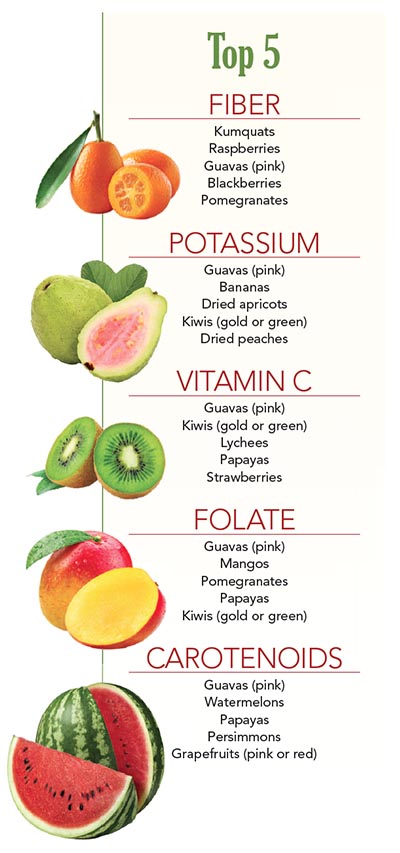
2. They’re low in calories per bite.
A serving of most fresh or frozen fruit (5 oz., or about 1 cup or 1 piece) has just 50 to 100 calories. Fruit is high in water, so it’s low in calories per bite. That’s not true for raisins, prunes, and other dried fruits. Thanks to less water, they have 100 to 120 calories in a petite ¼ cup serving (1½ oz.).
It’s not just a matter of water. Whole fruit keeps you full for longer than 100% fruit juice. Chewing on its intact plant cells may explain why.
3. They protect the heart & brain.
Fruits and vegetables are the bedrock of a blood-pressure-lowering DASH (Dietary Approaches to Stop Hypertension diet, which includes about 2½ cups of fruit a day.
Why does fruit matter? For starters, eating plenty of fruit is a good way to pile up the potassium, which lowers blood pressure in people with hypertension. That may help explain why studies that track thousands of people for years find that those who eat more fruit have a lower risk of heart attack and stroke.
4. They’re easy.
In the time it takes to unwrap a granola bar or tear open a bag of sugary “fruit” snacks, you could bite into an apple, peel a banana, skin a clementine, or pop open a pint of blueberries.
What’s more, stockpiling frozen fruit means that strawberries, raspberries, cherries, etc., can chill out until the moment your yogurt, oatmeal, or smoothie is ready for them. Mmm.
Sure, slicing into a pineapple, melon, or anything with a thick rind or large pit takes a slightly bigger commitment. But YouTube is full of videos on “how to cut a papaya” and more. Trust us; the payoff is worth it.
5. They’re delicious.
But you don’t need us to tell you that. Keep reading for our guide to buying everything from apples to watermelon.
Tips for buying, ripening, and eating fruit
Tropical fruits
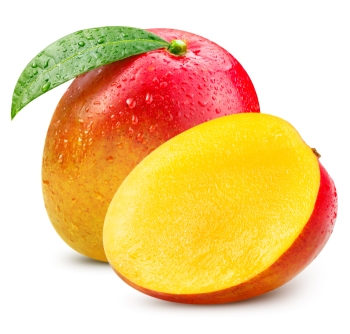
Mangos
Ripe mangos should give slightly when squeezed gently. Sniff for a sweet aroma. Color isn’t a good way to tell whether a mango is ripe.
Honey mangos—also called Champagne or Ataulfo—are smaller and sweeter. They’re in season from March to June. Don’t miss ‘em.
Want to skip the peeling, pitting, and chopping? Snack on a bag of frozen mango chunks.
Papayas
- Let ripen at room temperature until the skin is mostly yellow-orange.
- Slice in half lengthwise, scoop out the black seeds with a spoon, cut off the rind, then slice into chunks.
- Top with a squeeze of fresh lime juice before you dig in. The acidity really peps up the flavor.
Kiwis
- Don’t want to peel? Try a gold kiwi. Its (edible) skin is less fuzzy than a green kiwi’s. And the yellow flesh—it holds a smaller core and fewer seeds—is sweeter.
- Gold kiwis have nearly twice as much vitamin C as green kiwis. Greens have more vitamin K. So mix it up!
- Gold kiwis are easiest to find from May to November.
- Keep your eyes peeled for kiwi berries. They pop up for a short time in fall or winter. The grape-size fruit has smooth (edible) skin and kiwi-like flesh.
Pineapples
- Look for deep-green leaves and yellowish skin.
- Cut them up when they start to smell sweet, then refrigerate.
Bananas
- Keep them on the countertop. Storing them in the fridge slows ripening and turns the skins black.
- On the verge of overripe? Peel, chop, and freeze. A few chunks of frozen banana take just about any smoothie from lackluster to creamy and sweet.
- Don’t want your bananas to ripen so fast? Store them away from other fruits and wrap their stem ends in a bit of plastic wrap.
Apples & pears
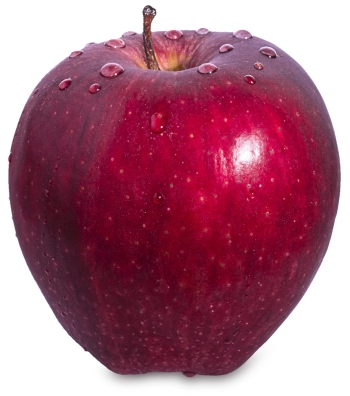
Apples
- Don’t toss the skin. It contains about half the apple’s fiber.
- Want to go beyond Red Delicious? Try Honeycrisp, Cosmic Crisp, Fuji, SweeTango, Ambrosia, Envy, Kiku, Lady Alice, Jazz, or (naturally non-browning) Opal.
Pears
- Color isn’t a good way to tell if a pear is ripe. While a Bartlett’s skin color brightens as it ripens, most varieties show little change.
- The pear producers’ advice: “Check the neck.” Pears are ripe when the flesh around the stem yields to gentle pressure.
- Exception: Asian pears (which are round like apples) stay crisp. They’re picked when ripe, so you can eat them as soon as you buy them. Try one sliced in a leafy green salad.
Stone fruits
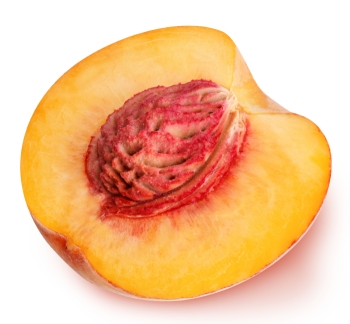
Peaches, Plums, Apricots
- Let soften in a closed brown paper bag on the countertop until they yield slightly to the touch. Store in the fridge for a few days if you’re not ready to eat them.
- Add fresh slices to yogurt, cereal, oatmeal, or grain or green salads.
- Don’t forget summer’s dazzling hybrids like pluots, plumcots, and apriums.
Cherries
- To prevent them from getting soft and moldy, don’t wash them until you’re ready to serve.
- Toss frozen pitted dark sweet cherries in oatmeal, smoothies, or yogurt.
Citrus fruits
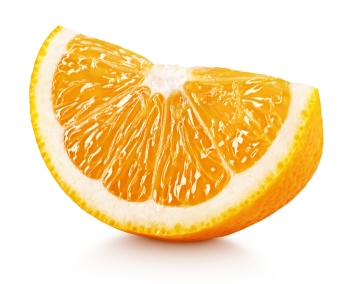
Oranges
- Enjoy pink-fleshed Cara Cara or maroon blood oranges from December to May. Both add a pop of color to salads.
- Like clementines? Also try tangy, juicy, easy-to-peel satsumas from October to January and larger, super-sweet Sumos from January to April.
Lemons
- Meyer lemons are a little sweeter and less acidic than regular lemons.
Grapefruits
- Look for thin, smooth skin. And the heavier they are compared to grapefruits of a similar size, the juicier they are.
Berries
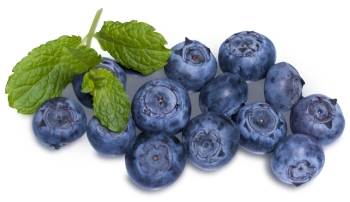
- To prevent any kind of berries from getting soft or moldy, don’t wash them until you’re ready to serve.
- Got extra fresh berries? Freeze ‘em on a tray so they don’t stick together. Then transfer to an airtight container or bag.
- For the most intense flavor, try (pea-size) wild blueberries. For most of the year, you’ll only find them in the freezer case. Exception: late summer in New England, where they’re picked fresh.
Melons
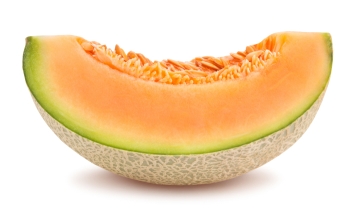
- The stem end of a cantaloupe should have a smooth, round, depressed scar.
- A ripe cantaloupe has a yellowish cast to its rind. Honeydews are ripe when they have a creamy yellow color and are tacky to the touch.
- The underside of a ripe watermelon has a creamy yellow spot from where it sat on the ground and ripened.
- Scrub melon rinds under running water with a clean produce brush before cutting.
- Mini (“personal”) watermelons are easier to cut.
Pick organic?
If a fruit doesn't have a rind or inedible peel, you can help reduce your exposure to pesticide residues by buying organic. (That rule of thumb isn't perfect because some pesticides get into a fruit's flesh, but it should help.)
If you also buy organic bananas, cantaloupes, or other fruit with peels or rinds, think of it as a present to the planet and to farmworkers.
Just keep in mind that if it's a choice between eating fruit grown with pesticides and not eating fruit, you're far better off eating the fruit.
A few examples:
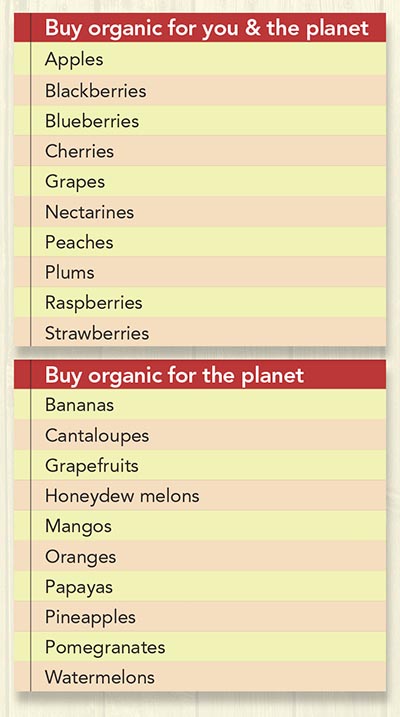
Don’t fear fruit
Worried about catching the coronavirus from fruit? Don’t be. Just do what you always do: rinse fresh produce under running water (don’t use soap, detergent, or disinfectants). And wash your hands before preparing or eating any food.
Photos: stock.adobe.com (top to bottom): M.studio, virtustudio, boonchuay1970, Anna Kucherova, atoss, kovaleva_ka, Ancelin/pixabay.com (mango), Capri23auto/pixabay.com (apple), dimakp/stock.adobe.com (peach), Roman Samokhin/stock.adobe.com, azzurrodesign/pixabay.com, bergamont/adobestock.com.
Tags
Topics
Continue reading this article with a NutritionAction subscription
Already a subscriber? Log in

